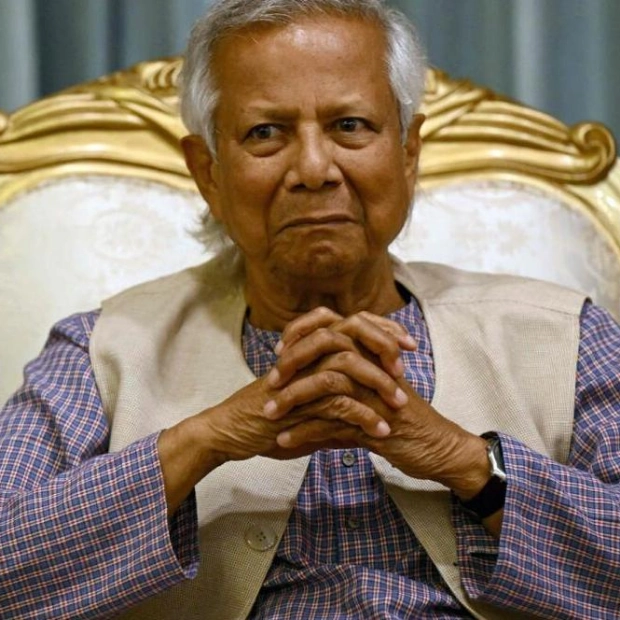The ongoing conflicts in Gaza and Ukraine have once again brought the term “refugee” to the forefront of global discussions. Back in 1978, when I embarked on my career with the UN High Commissioner for Refugees, this term was prominently featured. Regrettably, the impact of conflict and the resulting displacement of individuals remains a pressing concern. However, there is still widespread confusion regarding the differences among refugees, displaced persons, evacuees, asylum-seekers, and migrants. It’s time for a straightforward explanation!
According to international law, a “refugee” is an individual who flees their home country due to a well-founded fear of persecution or threat to their life and safety. The definition of the term has progressively broadened in popular understanding to encompass all those compelled by an involuntary and unforeseen need to escape conflict, persecution, war, or violence. It is the responsibility of the international community to ensure that they are not forcibly “refouled” – sent back to circumstances endangering their life and liberty.
The term “refugee” originally referred to the French Huguenots, Protestant Christians who sought refuge in England following the revocation of the Edict of Nantes in 1685. Its roots can be traced back to the French word réfugier, meaning “to seek refuge”, and ultimately to the Latin refugium, signifying a “place of refuge”, with fugere at its core meaning “to flee”.
When seeking safety within one’s own country, the label “refugee” does not apply. The UN’s Guiding Principles on Internal Displacement define an “Internally Displaced Person” (IDP) as someone who has been compelled to flee their home or habitual residence, particularly due to armed conflict, widespread violence, human rights violations, or natural or human-made disasters, and has not crossed an internationally recognized State border. Those internally displaced, caught in the midst of conflict, are susceptible to being exploited as targets or human shields by the warring factions. The primary responsibility for their assistance and protection lies with their home governments.
Displaced individuals may also be “evacuated” in an organized manner from a conflict or disaster zone to a safer location. The term “evacuee”, originating in 1934 from the French word évacué, refers to an individual who has been relocated from a dangerous area for protection.
An “asylum-seeker” is an individual who claims refugee status but has not undergone a formal assessment of their claim. Such a person would have applied for asylum, arguing that a return to their home country would result in “persecution on account of race, religion, nationality, or political beliefs”. An asylum-seeker may be granted refugee status or rejected and deported as an illegal immigrant. Regardless, they are effectively “exiles” from their homelands – a term derived from the Old French word exil and the Latin word exilium, both denoting “banishment”.
The term “migrant” has its origins in the Latin word migrantem, indicating actions like “to remove”, “depart”, or “move from one place to another”. Initially used in the 1670s to describe the movement of animals, it later extended to encompass the movement of individuals by 1807. “Migrant” is a broad term, not defined under international law, representing a person who moves away from their usual place of residence, whether within a country or across an international border, temporarily or permanently, for various reasons including work or personal convenience. Many of you reading this newspaper are migrants!






